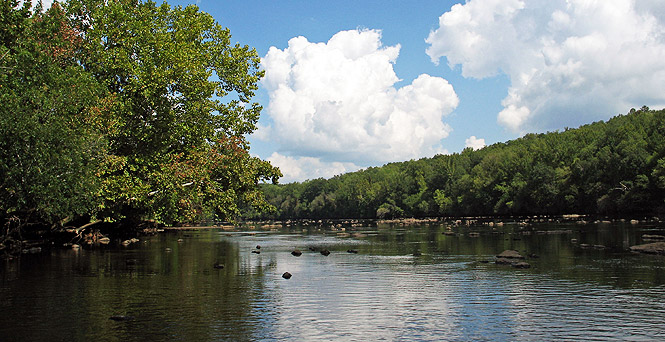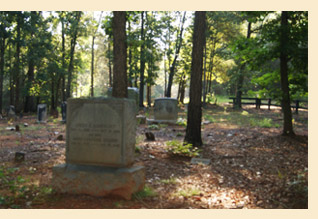
The Fork’s title originated from its location at the confluence of the Pee Dee and Rocky Rivers. It boasts a fascinating history beginning with its use by Siouan Indians and then by Pee Dee Indians who came up the river from Charleston along the river that bears their name. In the mid 1700s, European settlers began moving to the Southern Piedmont and recognized The Fork’s location as important property due to its location at the confluence of two major rivers.
Records from 1748 recognize the Colsons as the first family to own significant tracts in what was then called Bladen County. In 1771, Anson County (of which Stanly County was then a part of) issued Colson a permit for an “Ordinary” or inn where food, drink, and lodging were available to travelers. The Ordinary was originally the home of Colson, a wealthy land owner, and was a large, two-storied log structure with space between the two sections of the building wide enough for a drive between – a large “saddle bag” log cabin. Records show that this “ordinary” was the first licensed tavern in North Carolina.
Colson’s Ordinary was on The King’s Highway, the main vein from Charleston to Salisbury. Records exist of a Revolutionary War battle, and there is ample evidence to suggest that George Washington may well have been a guest at Colson’s on a tour of The South. Near their inn, the Colsons also built a mill, an important amenity in a society becoming increasingly agrarian.
 When the Colsons owned The Fork, it was likely that the land was mostly forested with dense hardwoods. However, beginning in the early 19th century, owners and farmers cleared portions of the land to grow crops such as corn, cotton, and soybeans, which aided in shaping the land as it is today. Additionally, those who grew crops logged the hardwoods periodically without any type of systematic program for renewal. When the Colsons owned The Fork, it was likely that the land was mostly forested with dense hardwoods. However, beginning in the early 19th century, owners and farmers cleared portions of the land to grow crops such as corn, cotton, and soybeans, which aided in shaping the land as it is today. Additionally, those who grew crops logged the hardwoods periodically without any type of systematic program for renewal.
The property also contains other historically significant sites such as a cemetery site with approximately 40 graves, including those of Thomas Kirby Colson and Ann Eliza Robinson Colson.
When Jim Cogdell purchased the land in 1999, he did so with a plan to renew, conserve and preserve the natural beauty of the land and the historical elements it contains. The farm is currently committed to both land and wildlife conservation, while still operating as a working farm. To that end, the design of the estate includes the strategic juxtaposition of game crops, native prairie grasses, and the preservation of natural ecotypes in harmony with grazing land, hay fields, and riding areas. |
About The Fork

|
